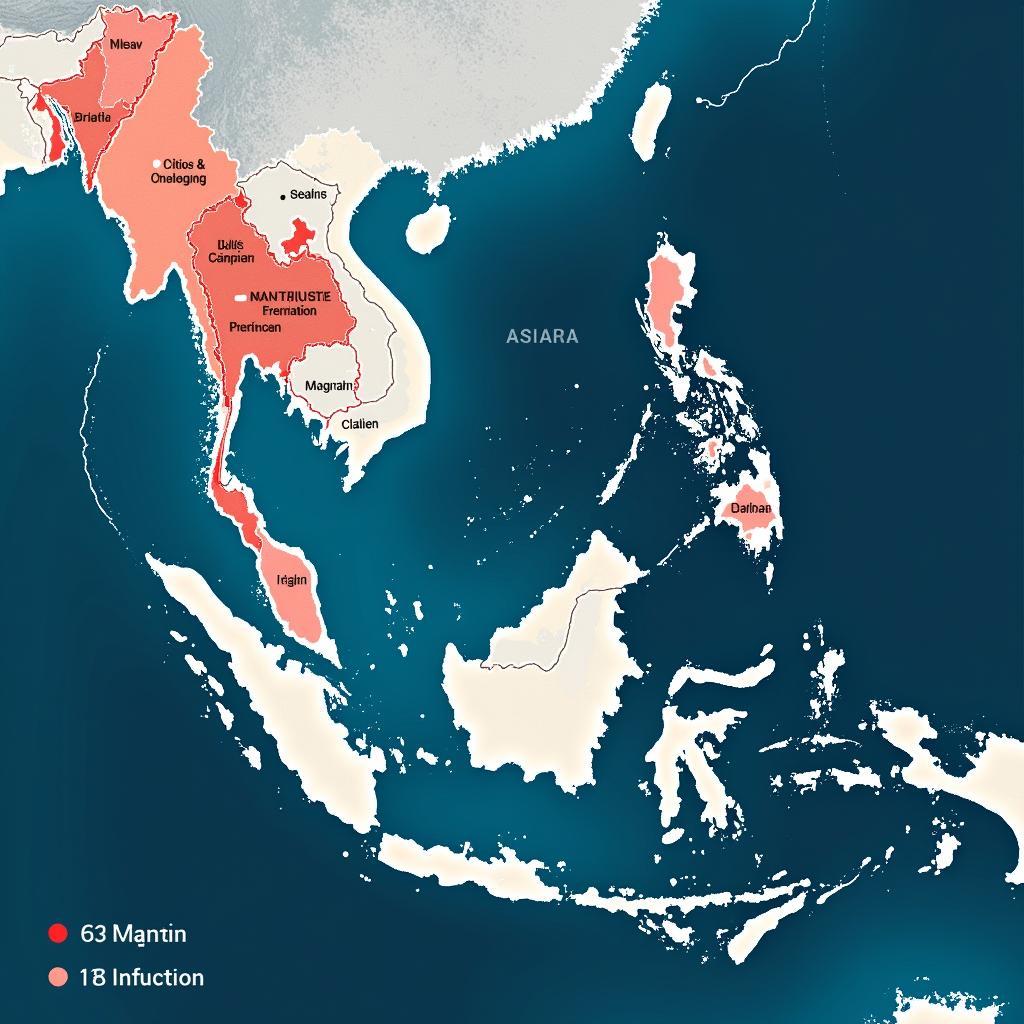ASEAN fixed line infrastructure plays a crucial role in the region’s digital economy. This article explores the current state of fixed line communications in Southeast Asia, examining the challenges and opportunities for growth and development. We’ll delve into the various factors influencing the adoption and expansion of fixed line services, as well as their impact on businesses and consumers.
The demand for reliable and high-speed internet connectivity is surging across ASEAN nations, driven by increasing internet penetration, the rise of digital services, and a growing reliance on online platforms for everything from education and entertainment to e-commerce and remote work. While mobile connectivity has seen significant growth, the role of fixed lines remains crucial for providing stable and high-bandwidth connections essential for supporting these digital activities.
Fixed Line Infrastructure Development Across ASEAN
ASEAN member states are at different stages of fixed line infrastructure development. Some countries have well-established networks, while others are still in the early stages of expansion. Factors such as government policies, investment levels, and geographical challenges influence the pace of development. For example, Singapore boasts a highly advanced fiber-optic network, providing widespread access to high-speed broadband. In contrast, countries like Myanmar and Laos face significant infrastructure gaps, hindering their digital transformation.
Challenges and Opportunities in ASEAN Fixed Line Expansion
Expanding fixed line infrastructure in ASEAN presents both opportunities and challenges. One key challenge is the high cost of deploying infrastructure, especially in remote and sparsely populated areas. Navigating regulatory hurdles and securing the necessary permits can also be time-consuming. However, the potential rewards are significant. Increased fixed line penetration can stimulate economic growth, create jobs, and improve access to essential services.
 ASEAN Fixed Line Infrastructure Map
ASEAN Fixed Line Infrastructure Map
The growth of cloud computing, the Internet of Things (IoT), and other data-intensive technologies further emphasizes the need for robust fixed line connections. These technologies require high bandwidth and low latency, which are best delivered through fixed line networks. Moreover, fixed lines provide a more stable and secure connection compared to mobile networks, making them essential for critical applications such as financial transactions and healthcare services.
The Impact of Fixed Lines on Businesses and Consumers
Fixed line connectivity is a crucial enabler for businesses in ASEAN. It allows them to access global markets, improve operational efficiency, and enhance customer service. For consumers, fixed lines provide access to a wider range of online services, including high-quality video streaming, online gaming, and remote learning opportunities.
The Future of ASEAN Fixed Line: 5G and Beyond
The rollout of 5G technology is expected to further transform the fixed line landscape in ASEAN. Fixed wireless access (FWA) using 5G can provide high-speed broadband access in areas where deploying traditional fixed line infrastructure is challenging. This technology has the potential to bridge the digital divide and accelerate the adoption of digital services across the region. Further advancements in fiber optic technology and the development of new network architectures will also contribute to the evolution of fixed line communications in ASEAN.
“Investing in fixed line infrastructure is not just about building networks; it’s about building a future,” says Dr. Anya Sharma, a leading telecommunications expert based in Kuala Lumpur. “It’s an investment in education, healthcare, economic growth, and ultimately, in the well-being of ASEAN citizens.”
ase is being actively reviewed by uscis
Conclusion
ASEAN fixed line development is crucial for the region’s digital transformation and economic growth. Addressing the challenges and seizing the opportunities in this sector will require collaborative efforts from governments, businesses, and international organizations. By investing in robust and future-proof fixed line infrastructure, ASEAN can unlock its full digital potential and pave the way for a more connected and prosperous future.
 Future of ASEAN Fixed Line
Future of ASEAN Fixed Line
FAQ:
- What is the current state of ASEAN fixed line infrastructure?
- What are the challenges in expanding fixed line networks in ASEAN?
- How can 5G impact fixed line development in the region?
- What are the benefits of fixed line connectivity for businesses?
- How can ASEAN countries improve their fixed line infrastructure?
- What is the role of government policies in promoting fixed line development?
- How can international organizations support ASEAN fixed line expansion?
“Reliable fixed line connectivity is the bedrock of a thriving digital economy,” adds Mr. Kenji Tanaka, a technology consultant specializing in Southeast Asian markets. “It empowers businesses to innovate and compete globally, while also enabling citizens to access essential services and participate fully in the digital age.”
Need support? Contact us 24/7: Phone: 0369020373, Email: aseanmediadirectory@gmail.com, or visit us at: Ngoc Lien Village, Hiep Hoa, Bac Giang, Vietnam.
